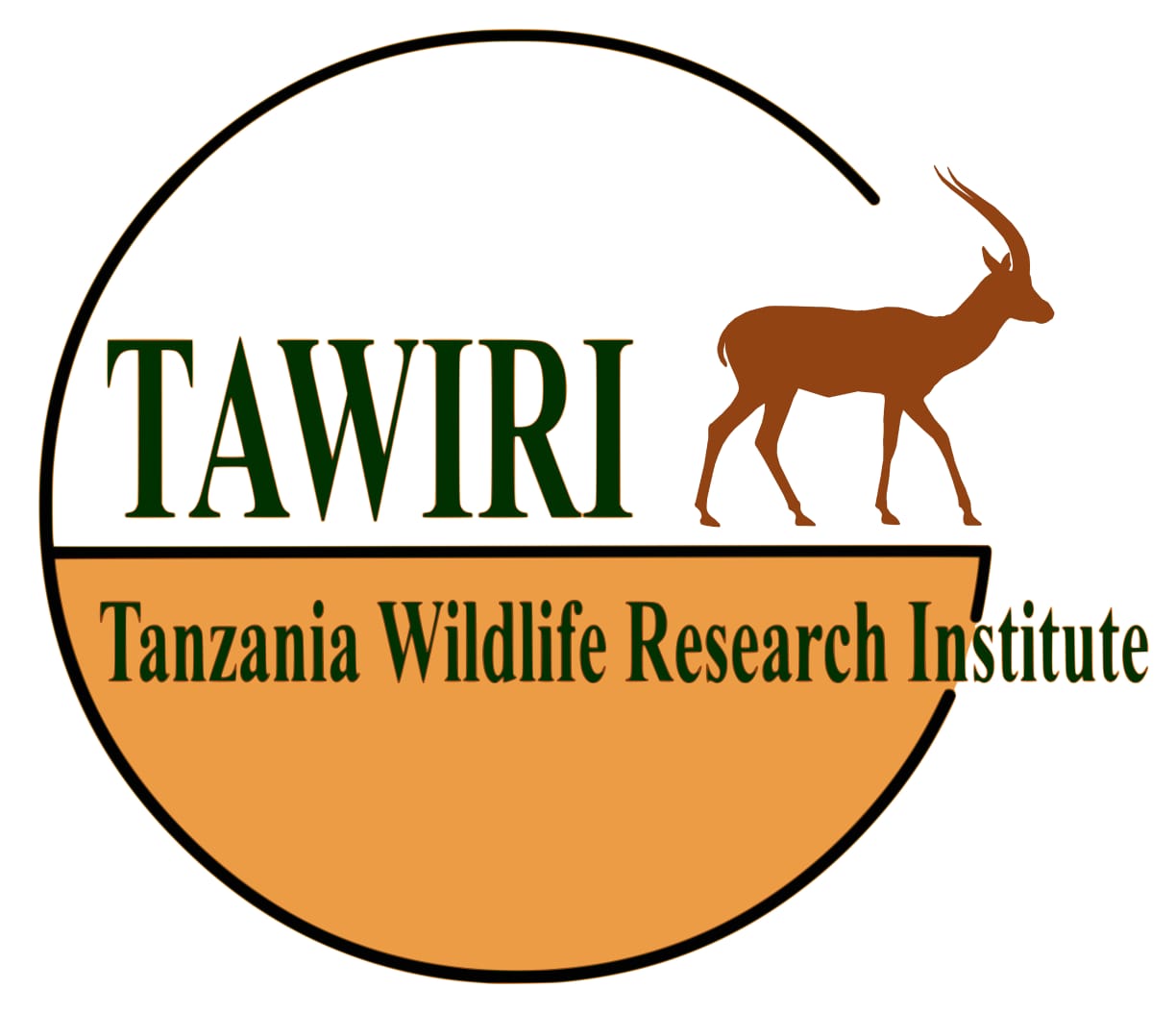Research Preview

Principle Investigator:
Introduction
Problem Statment
General Research Objective
Other Details
| Clearance# | Clearance Date | Permit# | Permit Date | Commencement Date | Completion Date |
|---|---|---|---|---|---|
| None | CST00000522-2024-2025-00495 | Jan. 12, 2025, midnight | May 25, 2025 | May 24, 2026 |
Priority Research Theme & Areas
| Priority Research Theme | Research Area |
|---|---|
| WILDLIFE POPULATION MONITORING | Population monitoring of large mammals |
| WILDLIFE ECOLOGY AND ECOLOGICAL INTERACTIONS | Population, distribution and reproductive ecology |
| WILDLIFE ECOLOGY AND ECOLOGICAL INTERACTIONS | Ecological monitoring methods |
| HABITAT AND BIODIVERSITY CONSERVATION | Biodiversity inventories |
| HABITAT AND BIODIVERSITY CONSERVATION | Composition, distribution and abundance of Wildlife in Protected Areas and Non- Protected Areas |
| HABITAT AND BIODIVERSITY CONSERVATION | Habitat diversity and connectivity |
| HUMAN-WILDLIFE INTERACTIONS | Livestock predation |
| EMERGING TECHNOLOGIES AND CONSERVATION | Telemetry technology for conservation |
| EMERGING TECHNOLOGIES AND CONSERVATION | Camera traps, Infrared/digital, thermal imaging sensors |
Project Location
| Region | Wildlife Area | District | Species |
|---|---|---|---|
|
Pwani Iringa |
Ruaha Nyerere Selous Lunda Mkwambi Rufiji Magingo Pawaga - Idodi Ngarambe -Tapika Waga Kitapilimwa Image |
Rufiji Iringa |
Project Researchers
| Researcher | Role |
|---|---|
| Charlotte Searle | Principal Investigator |
| Asanterabi Lowassa | referee |
| Alexander Lobora | referee |
| Ana Grau | Co-researcher |
| Joseph Kaduma | Co-researcher |
Reseach Objectives
| Sn | Objective | Methods | Description | ||
|---|---|---|---|---|---|
| 1 | 1. To assess and monitor the status and ecology of large carnivores and their prey in key landscapes in southern Tanzania |
|
|||
| 2 | 2. To investigate the extent of human-carnivore conflict in key landscapes in southern Tanzania |
|
|||
| 3 | 3. To assess wildlife corridors linking key landscapes in southern Tanzania |
|
|||
| 4 | 4. To improve carnivore research and monitoring capacity in Tanzania |
|
|||
| 5 | 5. To disseminate information on southern Tanzania’s large carnivore populations, both within and beyond Tanzania |
|
|||
Reseach Attachments
| Attachment Name | Attachment |
|---|---|
| Full Proposal | 2025_Large_Carnivore_Research_in_Southern_Tanzania_Permit_renewal_proposal.pdf |
 Nwris
Nwris